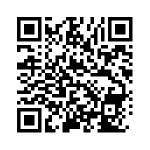32 Pleats
Sheri Deaton
Pleats
Pleats are decorative and can help remove unwanted bulk from garments. Pleats are commonly found in skirts or dresses. They allow the fabric to be fitted in one area, while full in another.
Used around the waistline, pleats can be for decorative purposes to accentuate the narrowness of a waistline while enhancing an hourglass silhouette. Pleats are also common in home décor, curtains, and upholstery. Knowing how to create a neat pleat will enable you to create a professional and polished garment or home goods.
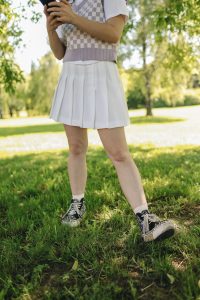
Neat Pleats
There are three primary types of pleats including knife pleats, box pleats, and inverted pleats. While the strategies vary for creating pleats, three key skills are necessary for the proper implementation of pleats (Deaton, 2021).
- Measure carefully. Regardless of the type of pleat you are creating, the key behind consistent pleats is accurate measurements.
- Pin perfectly. While many skills do not require extensive amounts of pins, this author’s experiences have led her to conclude that you cannot skimp on pins when creating pleats. Place your pins carefully, ensuring you can sew the seams without the movement of pins or sewing over pins in the process.
- Iron away! Do not skip out on ironing when you are creating pleats. Pressing the pleats flat before sewing may take an extra minute or two in the process, but it will prevent many moments of tears or dates with “Sally the Seam ripper” due to improper pleat placement.
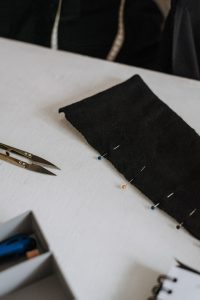
TIP: Always know the fabric content before pressing or ironing. Fabrics made from synthetic fibers or those with a satin weave tend to be slippery and more challenging to work with. Additionally, most synthetics cannot be pressed with high heat; so they may not be the best choice for pleating.
Cotton, wool, and linen are all-natural fibers, and as such, they can withstand higher heat. Midweight fabrics made from natural fibers tend to be the easiest to work with due to their heat resistance and ability to manipulate. For these reasons, consider using fabrics made with natural fibers as you try out this new skill.
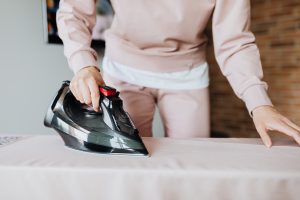
Pleating Perfection
While the actual measurements and spacing will be indicated on your pattern instruction sheet, the following guidelines will help you create perfect knife pleats. Additional resources are located at the end of the chapter for how to create box pleats and inverted box pleats.
Knife Pleats
- Start with fabric on the wrong side.
- Mark pleats according to the pattern directions. For practice, consider using 1” as a standard measurement. Mark 1” across the length of the fabric using the tailor’s chalk or a water-soluble fabric pencil or marker.
- After your fabric is marked, fold the fabric from one mark toward the next mark. Pin this on the RIGHT side of the fabric. Pin perfectly, using ample amounts of pins to secure each pleat.
TIP: Some people find cutting a small notch at the end of each mark helps them see the marks better and to create more even pleats. Consider using this strategy and see how it works for you.
- Once the pins are in place, press your fabric to get ready for sewing. Press carefully, creating crisp pleats.
- Sew a basting stitch at ⅝” inches on the top (don’t forget to backtack on both ends).
- Press one last time to get a crisp, clean look.
Looking for a creative and innovative strategy for making pleats? Go to your kitchen and grab a fork! Check out this article on How to Sew Pleats while using a fork.
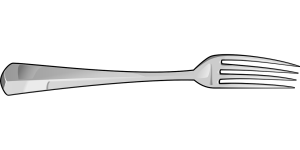
Hemming it Up
Pleats may seem daunting, yet they are quite fun to create once you get the hang of them! Ensure that your fabric is smooth, your lighting is appropriate, and you have all of the equipment needed before tackling this skill.
Once you know how to pleat, you may find yourself excited to implement this strategy in your next skirt or home goods. Learn how to make one style of pleats, then move to the next style, pinning your way to success one neat pleat at a time.
Resources
| Resources | QR Codes |
| Forming Box Pleats | 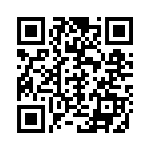 |
| Forming Knife Pleats | 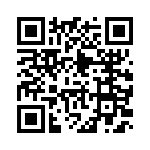 |
| How to Sew Pleats: Step by Step Easiest Methods | 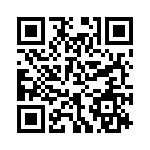 |
| I Made 1,000 Pleats Using a Homemade Pleating Board | 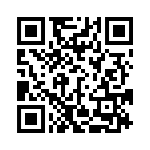 |
| Quick and Easy Pleats | 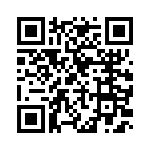 |
References
Deaton, S. (2021). Teaching Apparel Production. Presentation.

